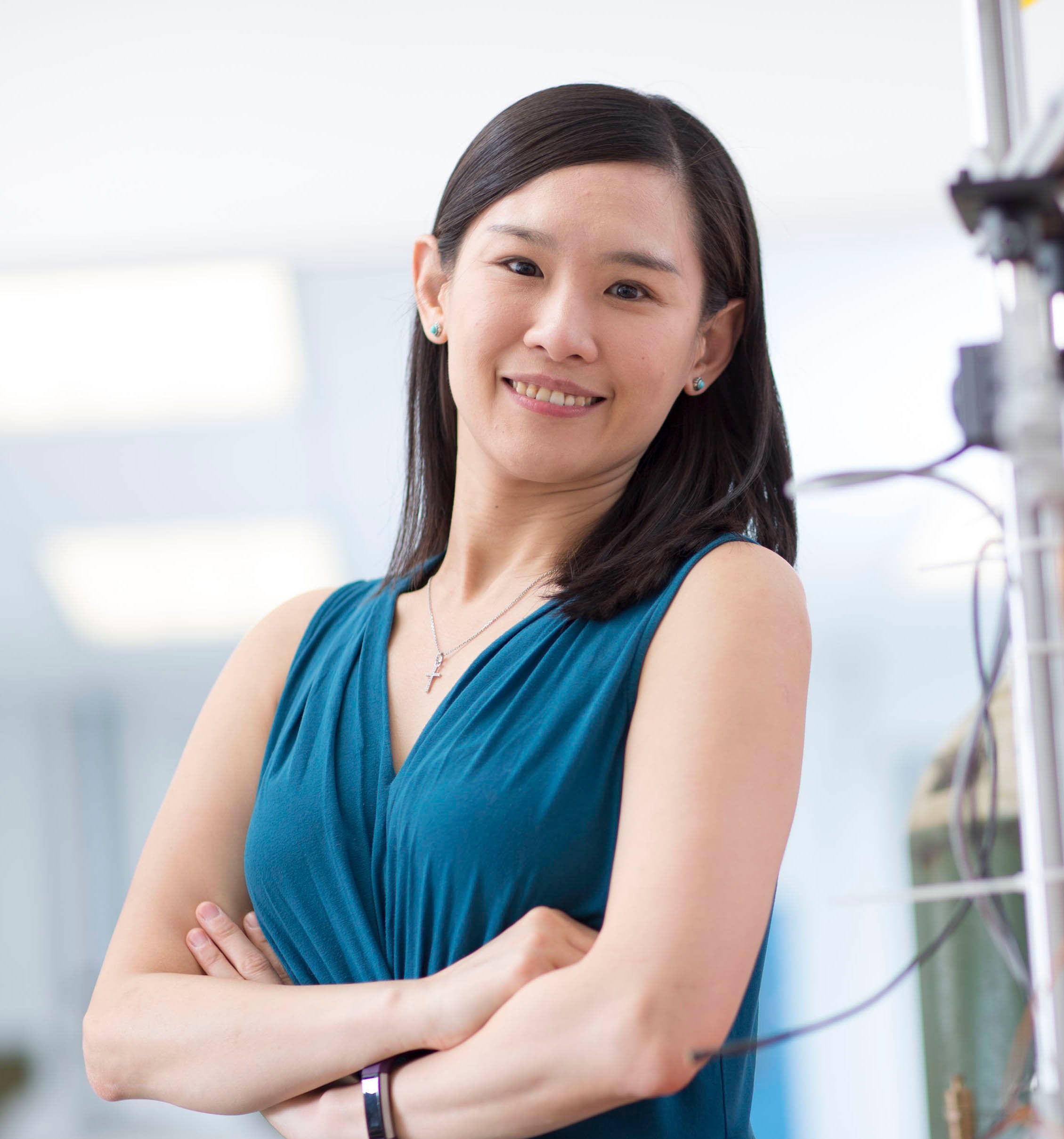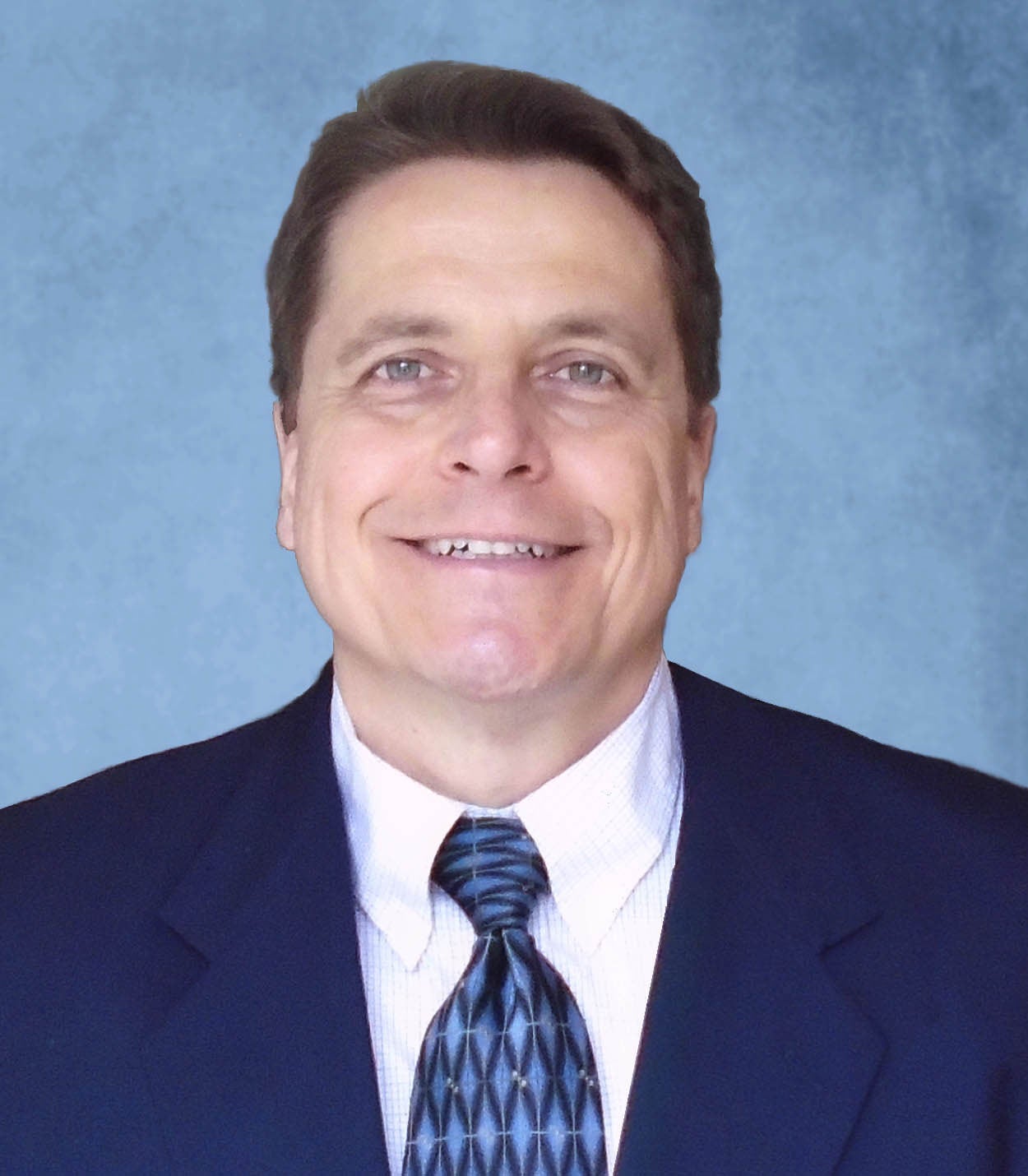lens
Space, Wind and Fire
University and NASA researchers study flames in confined areas to improve safety on earth and in spacecrafts
 Ya-Ting Liao
Ya-Ting Liao
As Ya-Ting Liao, PhD, watched from a monitor on Earth, an astronaut at the International Space Station ignited a cotton-fiberglass fabric and let it burn in microgravity, launching an experiment that Liao co-designed in her Case Western Reserve lab.
Six NASA astronauts conducted the confined combustion experiment in a series of 63 tests. They performed them in a space station glovebox to explore the physics of how flames spread—particularly in confined spaces where fires spread more rapidly.
Conducting the experiment in space achieved two goals: Researchers eliminated rising hot air currents that occur on Earth because of gravity and that would mask the underlying physics being examined, and they gained a better understanding of how flames burn in microgravity to improve fire safety in spacecrafts.
“We are hoping the mathematical models we develop from our observations will inform the design of buildings, vehicles, tunnels, spacecraft and life-protecting safety codes,” said Liao, (GRS ’07, ’11, mechanical engineering), the George B. Mayer Assistant Professor in Urban and Environmental Studies.
 Paul Ferkul
Paul Ferkul
She led the research with Paul Ferkul, PhD (CIT ’86; GRS ’88, ’93, mechanical engineering), a scientist with Universities Space Research Association working at NASA Glenn Research Center in Cleveland.
Ferkul, Liao and some of her undergraduate students watched the tests at a NASA Glenn console, communicating with astronauts in real time. “They were our hands and eyes, and we provided technical guidance through a direct dialogue,” Ferkul said.
While Liao doesn’t expect fire-safety codes and standards to change overnight, she is sharing results with relevant industries and organizations.
“I would be very happy to see our research translated to improve fire safety and save lives,” she said.
 Photo: Courtesy of NASA
Photo: Courtesy of NASADuring tests, astronauts, including Christina Hammock Koch (at right), set fire to two types of materials, cotton-fiberglass fabric sheets and acrylic slabs. They used a glovebox containing a wind tunnel controlling airflow and a channel where the air and flames met.
 Photo: Ya-Ting Liao
Photo: Ya-Ting LiaoKey methods and results included the following: The channel height was set at different levels to make the space more or less confined. Flames were longest and spread the fastest at a mid-level height and when channel walls were reflective, not transparent. The images at right, taken one second apart, show a side view of flames that look u-shaped as they rise on either side of a test material.





